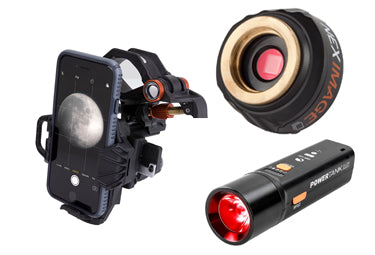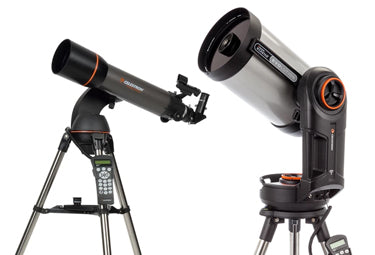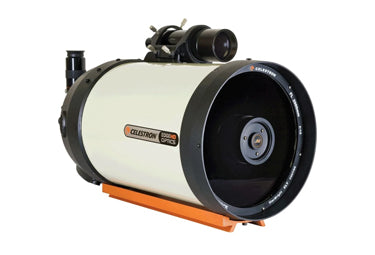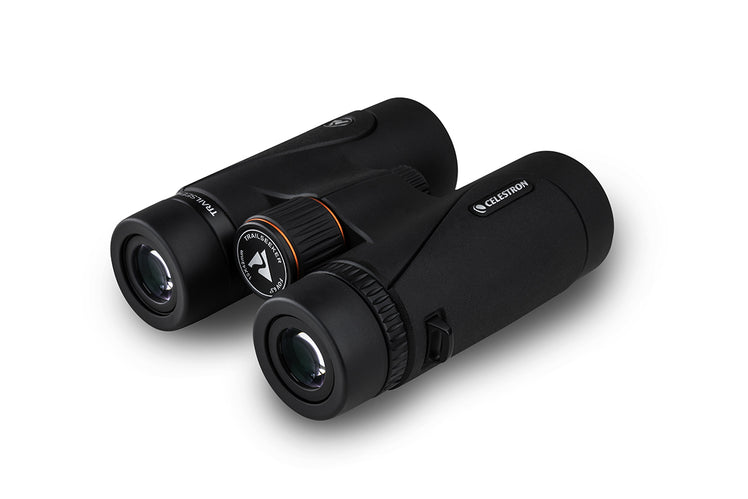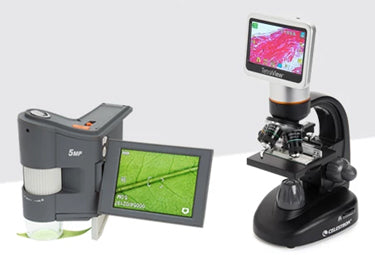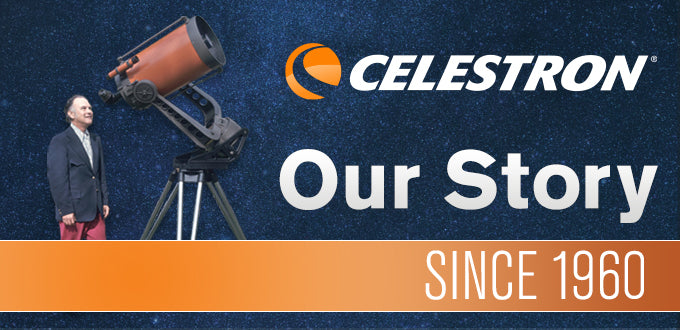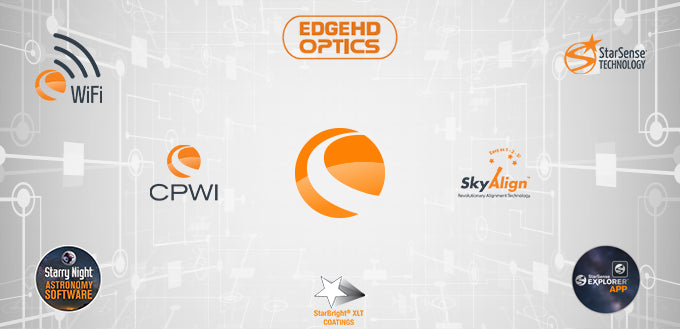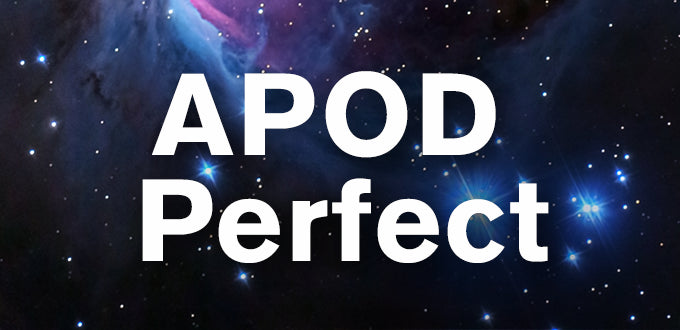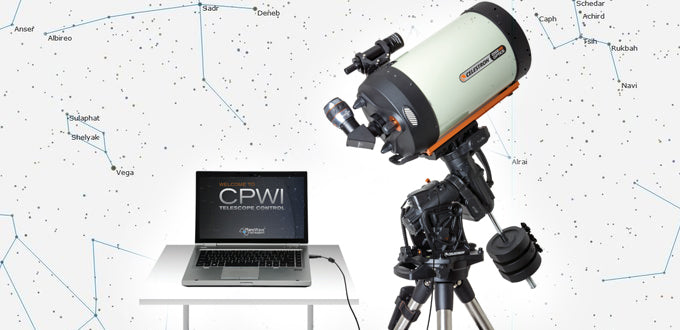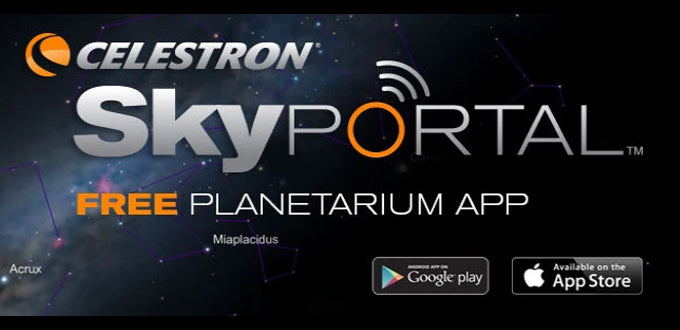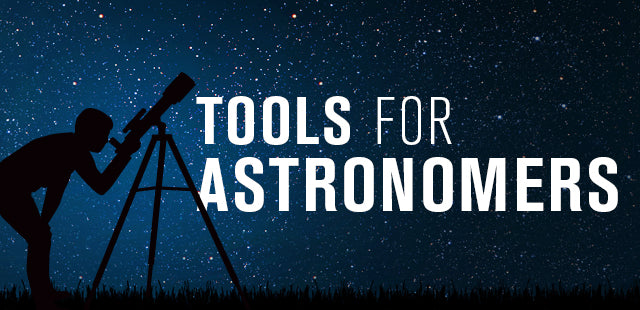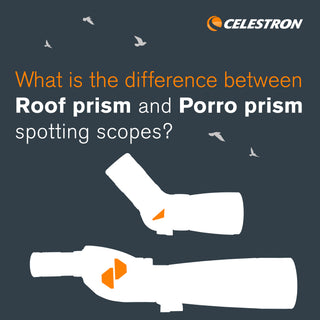The Ultimate Guide to Observing Artificial Satellites
October 20, 2021

Have you ever noticed points of light drifting silently across the sky among the stars just after dusk or before dawn? If they didn't flash with blinking lights, they weren’t airplanes. You probably spotted a satellite or even the International Space Station (ISS). These manufactured objects don't emit light; they shine by reflecting sunlight, often off their large solar arrays.
Since the launch of Sputnik 1 in 1957, thousands of satellites have been placed into Earth's orbit. Today, the skies host a mix of active and inactive satellites, with new ones joining the fleet regularly. They range in size from tiny CubeSats that fit in your hand to massive structures like the ISS. As they trace their paths across the heavens, satellites appear to travel along invisible highways in orbit.
Many people don't realize that some satellites are visible to the naked eye. For instance, the International Space Station (ISS) can be seen without optical equipment when it passes overhead during twilight—just after sunset or before sunrise—illuminated by the Sun against the dark sky. SpaceX's Starlink satellites often appear as a "train" of bright dots shortly after launch, although newer models are equipped with anti-reflective coatings to reduce their brightness and minimize light pollution.
In this blog, we'll explore the fascinating world of natural and artificial satellites and share practical tips on how to view them. Whether you're curious about weather satellites, navigation systems like GPS, or scientific observatories orbiting Earth, you'll gain insight into their roles and how to spot them from your backyard.
Satellite News
-
NASA's Pandora Mission
NASA's Pandora small satellite mission is scheduled for launch in late 2025. It aims to observe 20 exoplanets, each up to 10 times, to more accurately evaluate their potential for habitability. Pandora will complement the James Webb Space Telescope by helping separate starlight from planetary signals, improving scientists' ability to assess whether distant planets might support life. -
Taiwan's Formosat-8 – Earth Observation Constellation
Taiwan's Formosat-8 Earth observation constellation will begin deployment in October 2025. The first satellite, Formosat-8A (FS-8A), is scheduled to launch aboard SpaceX's Transporter-15 rideshare mission.
Managed by the Taiwan Space Agency (TASA), the constellation will include:- Six satellites with ~1-meter resolution
- Two satellites with sub-meter (50 cm) resolution
-
Blue Origin & AST SpaceMobile – Direct-to-Cell Satellite Network
AST SpaceMobile plans to launch up to 60 next-generation Block 2 BlueBird satellites by 2026 as part of its space-based cellular broadband network. A portion of these launches will be carried out using Blue Origin's New Glenn rocket, which can deploy up to eight satellites per mission due to its exceptionally large seven-meter fairing. These satellites connect directly to standard smartphones, delivering faster internet speeds and more bandwidth than earlier satellite models. -
Amazon's Project Kuiper & Vulcan Launches
Amazon is making steady progress on its satellite internet initiative, Project Kuiper, reaching several key milestones in 2025. A major launch of 45 Kuiper satellites aboard a Vulcan Centaur rocket is scheduled for Q4 2025, marking the first of 38 Vulcan launches planned to deploy the full constellation.
Earlier this year, Amazon successfully launched:
- KA-01 in April and KA-02 in June, each carrying 27 satellites aboard ULA's Atlas V rockets.
- KF-01 in July and KF-02 in August, carrying 24 satellites aboard SpaceX Falcon 9 rockets.
What's Orbiting Out There?
 |
Natural Satellites |
 |
Artificial Satellites
|
|
|
The International Space Station
|
 |
Iridium Satellites |

|
Starlink
|
 |
Other Notable Artificial Satellites
|
 |
Websites and Apps for Spotting Satellites Numerous websites and mobile apps can help you plan your satellite spotting adventures. These tools let you select popular satellites and provide detailed viewing information—such as pass times, azimuth (direction), elevation (altitude), orbital path, and where the satellite will appear or disappear in the sky. Recommended tools include: |
Orbital Paths Artificial Satellites
Most of today's operational satellites are in Low Earth Orbit (LEO), which spans approximately 160 to 2,000 kilometers (99 to 1,242 miles) above Earth. Satellites in LEO complete an orbit in roughly 90 minutes, traveling at speeds near 27,000 kilometers per hour (about 17,000 miles per hour). Notable examples in this region include the Hubble Space Telescope (~547 km or 340 miles altitude) and the International Space Station (~408 km or 254 miles altitude).
Medium Earth Orbit (MEO) lies between 2,000 and 35,786 kilometers (1,243 to 22,236 miles) above Earth. MEO satellites are fewer in number and are primarily used for global navigation systems such as GPS (USA), GLONASS (Russia), Galileo (EU), and BeiDou (China). These satellites often follow semi-synchronous orbits, providing consistent regional coverage.
Geostationary Orbit (GEO) is a specific type of Geosynchronous Orbit (GSO) located exactly 35,786 kilometers (22,236 miles) above Earth's equator. Satellites in GEO synchronize with Earth's rotation, making them appear motionless from the ground. This unique positioning allows them to provide uninterrupted coverage over specific regions, making them ideal for weather monitoring, television broadcasting, and global communications applications.
Tips for Viewing Artificial Satellites
-
Twilight is Prime Time
The best time to observe satellites is during evening twilight, after sunset but before the sky is fully dark, and morning twilight, just before sunrise. During these windows, the observer is in darkness while satellites in LEO are still illuminated by the Sun. -
Avoid the Middle of the Night
Satellites are generally not visible around midnight because they pass through Earth's shadow and cannot reflect sunlight. Exceptions include flaring satellites or those illuminated by moonlight, but these are rare. -
Plan Around Moon Phases
A New Moon or crescent Moon phase offers darker skies, improving visibility. Avoid Full Moon nights, which wash out fainter satellites. -
Escape Light Pollution
Your chances improve dramatically in dark-sky locations away from urban light pollution. For optimal visibility, allow your eyes 15–30 minutes to adjust to the dark. - Comfort MattersUse a reclining chair or blanket to support your neck and back. Satellite watching often involves long periods of looking upward.
-
Look for Motion
Scan the sky with your naked eyes and watch for steady, non-blinking movement. Most satellites travel west to east, but polar-orbiting satellites may move north-south or vice versa. -
Binocular Boost
Wide-angle binoculars (7x–8x) are ideal for tracking satellites once spotted. They offer a good balance of magnification and field of view. -
Telescopic Challenge
Tracking satellites with a low-power, wide-field telescope is possible but difficult. Some observers have successfully seen the ISS's "T-shape" during favorable passes. -
Lunar Crossings
Occasionally, satellites pass in front of the Moon, appearing as fleeting silhouettes. These events are rare but spectacular when they occur, especially if you're into astrophotography. For precise predictions of satellite transits, use tools like Sky & Telescope's Transit Finder, which offers location-based forecasts and real-time updates. -
Summer Visibility Myth
Contrary to popular belief, Summer is not always the best time to view satellites. While satellites may stay sunlit longer due to Earth's tilt, Winter offers longer nights and better viewing windows. The best season depends on your latitude and the satellite's orbit. -
Laser Safety First
Never aim a laser pointer at a moving object. Misusing lasers can be dangerous and illegal. Always follow local laws regarding laser use. -
Solar Safety Warning
Never attempt to observe satellites transiting the Sun without certified solar filters. Looking at the Sun directly, even briefly, can cause permanent, irreversible eye damage. -
Join Satellite Spotting Communities
Online communities like Cloudy Nights and Reddit's r/satellites offer timely tips, pass predictions, and shared photos. They're great places to learn faster and get inspired by others' observations. -
Satellite Marathons
Challenge yourself to spot multiple satellites in one night. Some enthusiasts attempt "satellite marathons," logging dozens of sightings in a single session. It's a fun way to test your skills and endurance. -
Use Red Light for Night Vision
If you need light while observing, use a red flashlight. It preserves your night vision better than white light, allowing your eyes to adapt to the dark. -
Record Your Observations
Keep a logbook or digital journal of satellite sightings. Note the date, time, brightness, direction, and unique features. It's rewarding and helps you track patterns over time .
Spotting satellites adds a fun dimension to any stargazing experience, whether sharing the night sky with friends, family, an inquisitive crowd, or enjoying a quiet moment alone. The next time the International Space Station glides silently overhead, pause and reflect that bright, fast-moving "star" is no ordinary light. It's a triumph of human ingenuity, carrying astronauts who might be conducting groundbreaking research, or even floating outside on a spacewalk beneath the stars.
So grab your binoculars, settle in, and let your eyes wander. The sky isn't just a canvas of stars, planets, and deep-sky wonders; it's a silent superhighway of artificial satellites, each racing across the heavens with purpose and precision.
Clear skies, and keep looking up!
Other articles you might be interested in: Ultimate Guide to Observing the Universe

